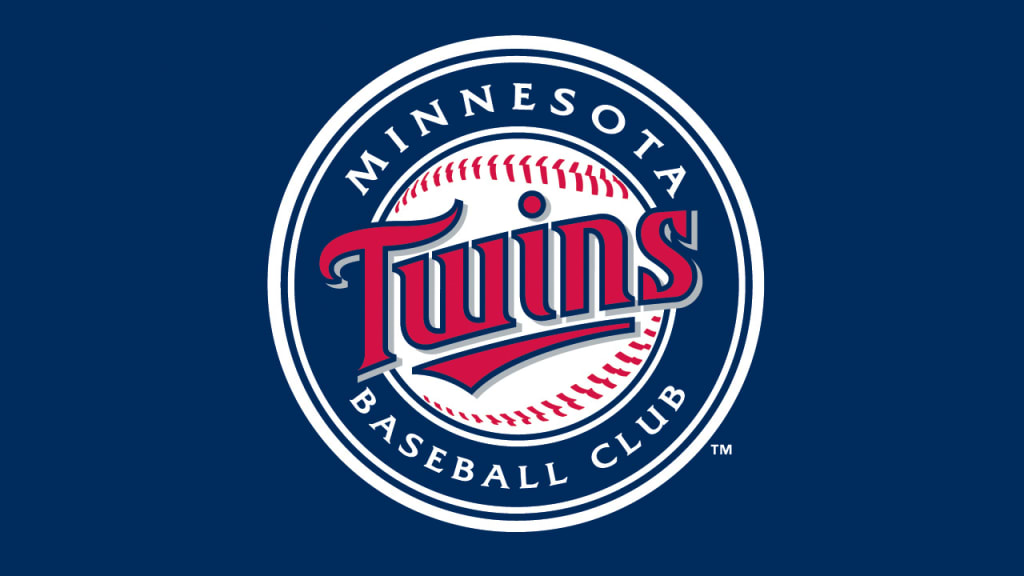Here's the story behind the Twins' name

MINNEAPOLIS -- These days, the cities of Minneapolis and St. Paul essentially operate as a unit when it comes to professional sports in the region. The Twins, Vikings, Timberwolves and Lynx play their home games in Minneapolis, while the Wild and Minnesota United FC call St. Paul home -- all possible in part because the clubs name themselves after Minnesota, the state, instead of one of the cities.
Things didn't always operate so smoothly -- but the Twins played a role in bridging that gap.
When Calvin Griffith got approval from Major League Baseball in 1960 to relocate the Senators franchise to Minnesota, he understood the history of competition between the Twin Cities of Minneapolis and St. Paul, as residents of both cities identified with their side of the river. That included a baseball rivalry that began in earnest when the American Association included teams in both cities -- the Minneapolis Millers and St. Paul Saints -- as part of its inaugural season in 1902.
So, when Griffith stepped off the plane in Minnesota following the announcement, he wore a cap with "TC" on it -- representing the Twin Cities. Twins team historian Clyde Doepner explained that Griffith's original intent was to call the team the "Twin Cities Twins" in an effort to bridge the sporting gap between the neighboring cities and unify the fanbase in a way that, for example, the recently departed Minneapolis Lakers (the newly formed Los Angeles Lakers) did not.
"He wanted to placate," said Doepner, who was first hired by Griffith and remained close to the family. "He knew there'd been an ongoing dispute between St. Paul and Minneapolis. I mean, Minneapolis built [Metropolitan Stadium] and St. Paul built Midway Stadium. And they both hoped to get a Major League team."
The only problem was that Major League Baseball and the American League didn't feel that the "Twin Cities" would have enough nationwide recognition and pushed back on Griffith to establish a more recognizable location name. That's how Griffith reluctantly settled on "Minnesota" as his team name, keeping his original idea of "Twins" as the team nickname.
Doepner doesn't remember Griffith ever considering any other nicknames, and in a way, the current "Twins" branding on the team's home uniforms offers a way for his vision of the name to remain -- since "Twin Cities" wouldn't have fit on a uniform, anyway.
"Basically, he's saying 'Twin Cities' by saying 'Twins,'" Doepner said. "In his mind, 'Twins' was a shortening. And even though they wouldn't let the team be called [Twin Cities], he felt, still, for what the fans would see, it said 'Twins.'"
Though "Minnesota Twins" wasn't Griffith's original intention, the announcement on Nov. 26, 1960, set the stage for the relocated club to become the first team in baseball to be named after an entire state or region, and not simply its home city. (It's worth noting, too, that the Twins' first ballpark, Metropolitan Stadium, was located in Bloomington, now a suburb to the south of both Minneapolis and St. Paul.)
The unconventional naming served its intended purpose, unifying the new baseball region behind stars like Harmon Killebrew, Bob Allison, Camilo Pascual and Jim Kaat as the organization quickly won its first American League pennant in 1965, four years after the club's inaugural campaign. Still, Griffith would probably take a do-over with the naming if given the opportunity.
"He would bluntly say, 'No, it should have been Twin Cities to begin with. That's all I wanted. They wouldn't give it to me,'" Doepner remembers. "But he got his way with the Twins and he got his way with the TC on the cap and he got his way with the logo of shaking hands -- even though Minnesota, that was kind of an afterthought."